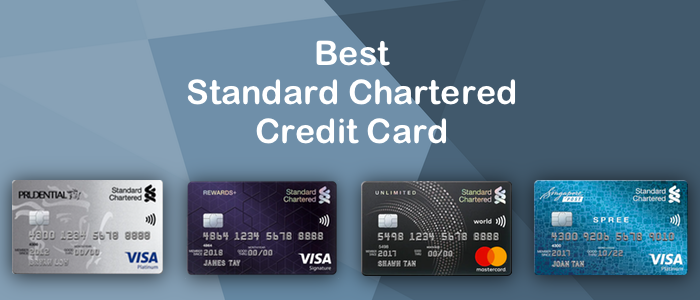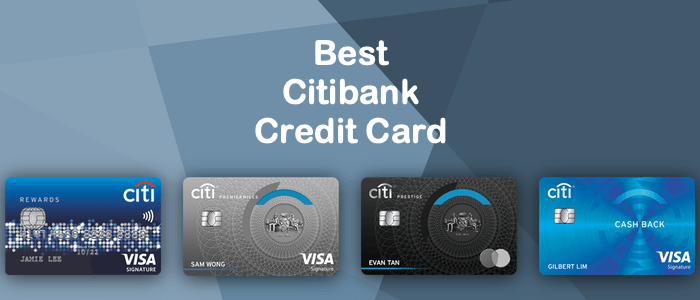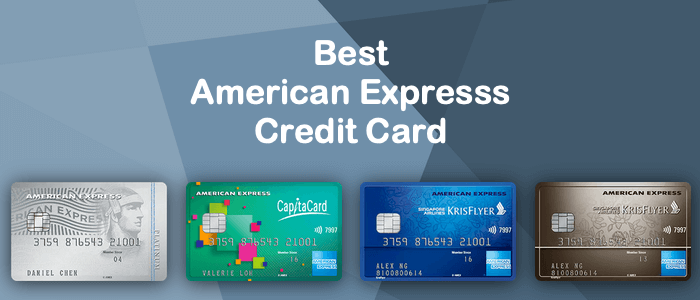
The Financial Downside of Freelance Work That No One Talks About
In recent years, with the advent of internet and growth of start-up companies, we are witnessing a change in the job landscape. More and more employers are open to utilising freelancers for full-time work, which provides benefits for both sides.
Such work has indeed opened up lots of new opportunities for those seeking flexibility, work-life balance and self-employment. For some, it even presents more earning power as they seek to use their free time to generate extra income on top of their full-time job.
While you might envy those who have taken the bold step to go freelance while you remain stuck in your 9-to-5 office job, there are also lots of financial downside for freelancers that you may not see. Having an unstable income is one thing, and what about the possibility of having irresponsible clients who refuse to pay up? There can be limited recourse for them. Before you jump on the freelance wagon, you may want to examine the potential financial downside you could face and be as prepared as you can:
-
Start-up Cost
As with every business, freelancers are somewhat entrepreneurs on their own right. This means that they will need to take the risk of purchasing certain equipment or investing in some initial cost to get their business running. An Uber driver will need to rent his own car, a freelance graphic designer will probably need to purchase some computer hardware and specific software, and a photographer will need to buy a good enough camera and photo-editing tools. While registered companies can have some access to government grants, freelancers are often left to work on their own and absorb these starting up cost.
-
CPF
Ah… CPF, the wonderful and innovative compulsory savings scheme in Singapore to save for retirement. Currently, employers contribute some 17% of your monthly salary, while employees contribute 20% to their CPF every month. The government has also made it a very attractive savings tool, with the CPF giving you a base interest rate of 2.5% and going up to 5% on the special and Medisave account.
As freelancers, you can, of course, choose to contribute to your own CPF, but you do lose out on quite a bit without employer’s contribution. If you earn $4,000 a month, you lose out about $8,160 per year!
-
You May Face Some Problems at the Bank
Not having a proper or regular salary means you can face some issues when you want to take out a loan or a credit card with the bank. Most of these require you to furnish your income documents so that they can gauge your creditworthiness.
For credit cards, you can still look for secured credit cards that require no minimum income, such as the HSBC Secured Platinum Visa Credit card. The card does not require a minimum income declaration, but you will need to open an HSBC Time Deposit account with a minimum of $10,000 in it.
While you can always solve the card problem by using a debit card, there are other problems, such as taking a housing loan. Most of us will not be able to afford to buy a home here with just cash, even if it is a HDB flat. If you are a freelancer, you’ll probably face an issue getting a housing loan, and even if you are applying for the loan with your spouse, the income declared may not be enough to meet the bank’s lending criteria. Together with the cooling measures introduced, the self-employed are now subjected to a 30% haircut from their declared monthly salary for the bank to consider their home loan eligibility.
-
Missing Employment Benefits
One part of being employed by a company includes the employment and fringe benefits, on top of a stable monthly pay. Depending on the employer, this can range from free health insurance, dental benefits, mandatory annual leave, maternity and paternity leave, allowances for mobile phone bills and overseas trips. Being a freelancer would mean you have no access to these at all.
While you can of course take up your own health insurance, there’s other opportunity costs in missing out on other benefits. For instance, an 18-day annual leave would mean you actually save 18 days of work days. If you earn $300 a day as a freelancer, that actually translates to a monetary amount of $5,400 a year, and this is excluding the public holidays that you may not enjoy if you are a freelancer.
Other than this, you also miss out on training and development that are often provided by employers. Training can give you skills that you might be lacking and increase your economic value should you move on to other roles. For a freelancer, you will have to fork out your own time and money to upgrade yourself.
After looking at the potential financial downside you may face as a freelancer, is the option still attractive and economically viable for you? You’d find that when you speak to freelancers and employees, both often see that the pasture is greener on the other side. There are definitely pros and cons to each, but what’s important is perhaps asking yourself what has a higher priority to you – income stability or freedom? Sometimes, these conditions are not exclusive as well, as seen by companies that provide flexi-work or work-from-home options. Mostly, if you can take some calculated risk, going freelance and doing what you love can often provide you intangible rewards and a more comfortable work-life balance and satisfaction.





